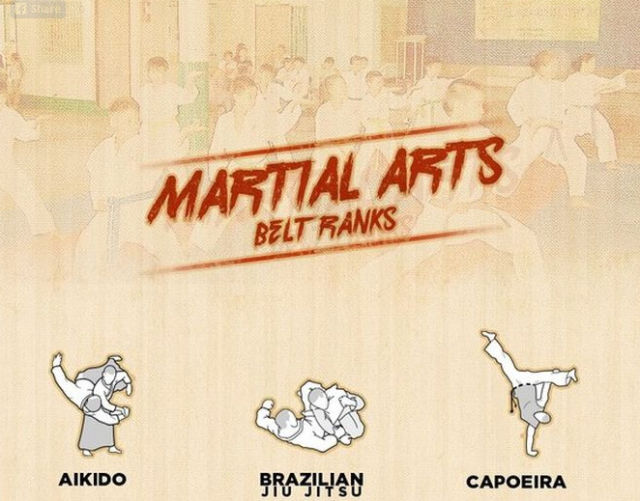Traditional Martial Arts And Modern Combat Sports: A Thorough Overview Of Their Unique Distinctions
Traditional Martial Arts And Modern Combat Sports: A Thorough Overview Of Their Unique Distinctions
Blog Article
your domain name Developed By-Kok Brady
When you consider martial arts, do you lean more towards the conventional methods or the modern-day combat sports? Each course provides unique advantages and experiences, formed by their ideologies and training techniques. Typical martial arts stress personal development and technique, while modern-day battle sporting activities concentrate on competition and efficiency. Recognizing these differences can direct you in selecting the best method for your journey. However just how do these differences materialize in training and viewpoint?
The Approach and History Behind Conventional Martial arts
While many people connect martial arts with physical battle, the ideology and background behind standard martial arts run much deeper. You'll locate that these disciplines emphasize personal growth, technique, and regard.
Stemming from ancient practices, standard martial arts were often developed for Self-Defense and spiritual growth. They personify concepts such as equilibrium, consistency, and self-control, leading specialists beyond plain fighting skills.
As you educate, you'll not just discover techniques however likewise gain insights right into the society and worths that formed these arts. The routines and practices, typically passed down via generations, cultivate a sense of neighborhood and belonging.
The Affordable Nature of Modern Combat Sports
Modern fight sports have actually transformed the landscape of martial arts into an extremely affordable arena, where professional athletes take on in an examination of ability, approach, and endurance.
You'll observe that competitions are typically organized with rigorous policies and policies, making certain fair game and security. https://hectorajsck.actoblog.com/35096040/promoting-confidence-just-how-taekwondo-benefits-kids bring in large target markets, fueling the enjoyment and strength of matches.
Athletes educate rigorously, not just for physical prowess however also for mental toughness, recognizing that every detail counts in the ring. The adrenaline rush throughout competitors is apparent, as competitors press their limits to assert triumph.
Fans value the athleticism and creativity entailed, making modern battle sporting activities a thrilling phenomenon that remains to progress and astound fanatics worldwide.
Training Approaches and Techniques: A Relative Evaluation
The affordable ambience of modern fight sporting activities needs innovative training techniques that differ substantially from traditional martial arts.
In contemporary training, you'll focus on specific techniques, competing, and conditioning, often making use of drills that replicate actual battle circumstances. You'll see a focus on measurable performance and constant competitors to analyze your abilities.
On the other hand, standard martial arts prioritize kinds, katas, and thoughtful mentors, frequently emphasizing technique and regard over competitors.
Training is normally much less intense and might entail repetitive method rather than real-time sparring.
While both approaches develop ability and physical fitness, contemporary combat sports offer a much more vibrant and adaptable training atmosphere, preparing you for immediate obstacles in the ring or cage.
Choose the course that straightens with your goals and rate of interests.
Final thought
In picking between typical martial arts and modern-day battle sporting activities, it actually boils down to what you value a lot of. If you're trying to find personal growth, technique, and a sense of neighborhood, standard arts might be your best fit. Yet if you flourish on competition and real-time challenges, contemporary combat sporting activities could be the way to go. Eventually, both courses offer one-of-a-kind advantages, so it's all about aligning your training with your individual objectives and interests.
